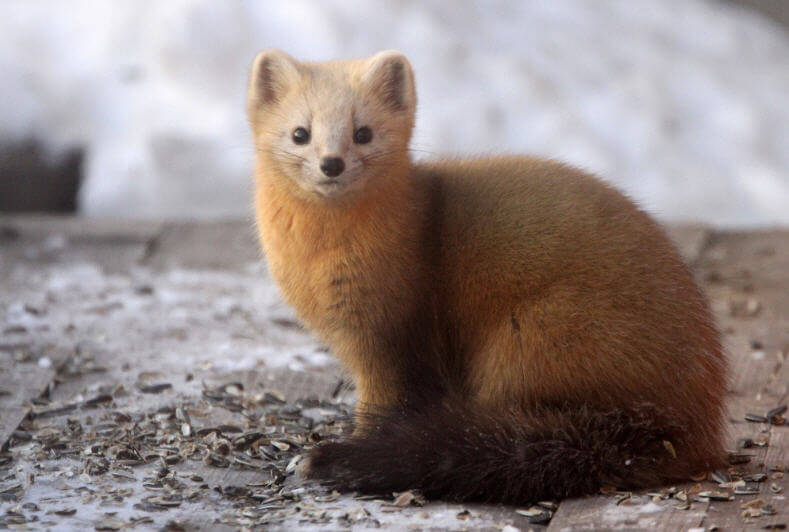Sable Palms - Growing And Caring For Your Green Friends
Sable palms hold a special place for many who appreciate resilient green things. They are, you know, quite a sight, often standing tall and strong in many settings. People really seem to like them for how tough they are, and also for how commonly they appear in various places. This particular kind of palm just tends to be everywhere, which is a good thing if you enjoy seeing them around.
There are a few different types of these plants, like the sabal mexicana, the sabal minor, and the sabal palmetto, to name some. Each one, in some respects, has its own particular way of growing and looking. You might notice, for instance, that one type tends to be a bit more full-bodied as it gets older, while another might have a different kind of flower arrangement. It's actually quite interesting to see the subtle differences among them.
This discussion will share some thoughts and personal observations about these remarkable plants. We will look at how they grow, how they handle different weather, and what people have noticed about them in their own backyards and other spots. It's just a way to bring together some real-world experiences with these plants, to be honest, which can be quite helpful for anyone interested in them.
Table of Contents
- What Makes Sable Palms So Appealing?
- The Enduring Charm of Sable
- Are All Sable Palms the Same?
- Spotting Differences in Sable Varieties
- Caring for Your Sable-How Do They Handle Winter?
- Winter's Impact on Sable Growth
- Can You Grow Sable Palms Indoors?
- Bringing Sable Indoors
- What Happens When Sable Fronds are Cut?
- Regrowth of a Sable Canopy
- Observing Sable Palms in Their Surroundings
- Potted and Planted Sable Insights
- A Look at Specific Sable Experiences
What Makes Sable Palms So Appealing?
Many people really like sable palms, and there are good reasons for this preference. They are, quite simply, a favorite for a lot of folks who enjoy gardening or just having nice plants around. One big reason, you know, is how tough they are. These plants can really take a lot, standing strong through various conditions that might challenge other types of greenery. They seem to thrive in many spots, which is a good quality for a plant.
The Enduring Charm of Sable
The fact that they are so hardy means they are also very common in certain areas. You see them, like, almost everywhere, which adds to their appeal. Their ability to handle different environments makes them a reliable choice for planting. It's almost like they are just meant to be there, doing well without a lot of fuss. This widespread presence, you know, makes them a familiar and comforting sight for many. They are just good, dependable plants, basically.
Are All Sable Palms the Same?
When you look at different sable palms, you might start to notice that they are not all exactly alike. For instance, the sabal mexicana, from what I have seen in my limited time with these plants, tends to be a bit more substantial as a fully grown palm. It just seems to have more body to it, more presence, if you will. Its flower clusters, or inflorescences, also appear to be quite a bit shorter than what you might expect from other types. You can, for example, really see this difference when you compare pictures of them.
Spotting Differences in Sable Varieties
I mean, I did notice one particular sable that looked quite different from other sable palms I had seen before. It just stood out, somehow, from the usual appearance. This tree, by the way, was about nine feet tall, which is a pretty good size. It just goes to show that even within the same general group, there can be noticeable variations. It makes you wonder, you know, what makes each one unique. There are, for instance, often small visual cues that can help you tell them apart.
Caring for Your Sable-How Do They Handle Winter?
Caring for these plants, especially when the weather turns cold, is something many people think about. It is a big question, in a way, about how to put together a kind of database for all sorts of palms, not just sables. The answer "it depends" is, frankly, not very helpful for someone trying to learn. Everyone already knows there are dozens of different kinds of palms, and each one has its own needs. So, knowing how sables manage through the colder months is quite important for their well-being.
Winter's Impact on Sable Growth
We had, for example, a really bad winter recently. It was just awful, honestly, for many plants. I went out to look at one of my palms today, and it was clear that it just didn't make it through. This particular plant had been moved two years ago, and it had been doing well, with lots of new growth, until about a month ago. So, the winter just got to it, unfortunately. This kind of experience, you know, really shows how much the cold can affect even hardy plants like sables.
It's worth noting that some palms, like saw palmettos, can really struggle. I planted three of them in what I thought was the best spot I had available. But all three of them were completely wiped out during what was, for instance, just a typical winter here in Jacksonville, Florida, which is zone 9a. This kind of outcome, you know, can be pretty disheartening, especially when you pick what seems like a good location for them. It just shows that even typical weather can be a real test for these plants.
Can You Grow Sable Palms Indoors?
Some people wonder if they can grow sable palms inside their homes, and the answer is that it is certainly possible. I am, for example, currently growing a sabal palmetto in a pot, and it stays indoors all year round. This is my very first time trying to grow a sabal palm indoors, so I am looking for some helpful tips on how to take care of it properly. It is, in a way, a new experience, and I want to make sure I do it right.
Bringing Sable Indoors
Growing a sable palm inside, you know, means you have to think about different things than if it were outside. You need to consider the light it gets, how much water it needs, and the temperature of the room. It is a bit different, basically, from letting it grow naturally outdoors. So, getting some good advice on how to keep an indoor sable healthy is really useful, especially for someone who is just starting out with it.
What Happens When Sable Fronds are Cut?
A question that comes up sometimes is about what happens when a sabal palm has its fronds, or leaves, cut off. If you get a sabal palm that has been regenerated in this way, where the fronds have been removed, you might wonder how long it would take for it to grow a full canopy again. It is, for instance, a common practice to trim palms, but the regrowth time can vary. This kind of question gets at the heart of how these plants recover and continue to grow after being trimmed.
Regrowth of a Sable Canopy
The time it takes for a full set of new leaves to appear can depend on several factors, like the health of the palm and the conditions it is growing in. It is, you know, something that requires patience. You might see new growth pretty quickly, but for a complete, lush canopy, it can take a while. This process of regeneration is, in some respects, a testament to the palm's ability to bounce back, which is pretty amazing when you think about it.
Observing Sable Palms in Their Surroundings
It is always interesting to observe sable palms where they naturally grow or where they have been planted. I mean, I was really surprised to find a picture of some quite large sabal palmettos while searching for cultivated palms in towns in southern Oklahoma. It was, you know, not what I expected to see there. This kind of discovery just shows how widely these plants can be found and how well they can adapt to different spots. It's pretty cool, basically, to see them thriving in unexpected places.
When you look closely at these plants, you start to pick up on certain things. There are, for instance, two visual cues that seem to be consistent across all the plants I have been observing. These little details, you know, really help in identifying them or understanding their growth patterns. It is almost like they have a signature look that you can spot once you know what to look for. These consistent features make it easier to recognize different sable palms.
Potted and Planted Sable Insights
I have some young sabal minor and young sabal palmetto plants that I can use as a reference. Some of them are in pots, and others are planted directly in the ground. This gives me a good way to compare how they grow in different settings. It is, you know, quite useful to have both types to look at, as it helps in understanding their needs. Observing them side by side, basically, provides a lot of practical information about their development.
A Look at Specific Sable Experiences
Recently, I had some new palms planted in my backyard. There were two sabal palmettos, which had trunks about eight feet tall. Then there was a butia x jubaea, with a trunk that was about two feet tall. And finally, four sabal minors, which did not have any trunks yet. This collection, you know, gives a good variety to watch and learn from. It is, in a way, a little palm garden, showing different sizes and types all at once.
When considering what kind of palm to get, some people might suggest going with the needle palm or the sable minor. These are, for instance, often recommended for their hardiness and suitability in various environments. It is, you know, good to have specific suggestions when you are thinking about adding plants to your space. These types are generally seen as good choices for a variety of reasons, often related to their ability to grow well.

Sable - Facts and Beyond | Biology Dictionary

Sable

Sable Wikipedia